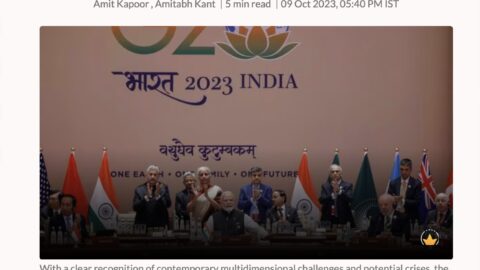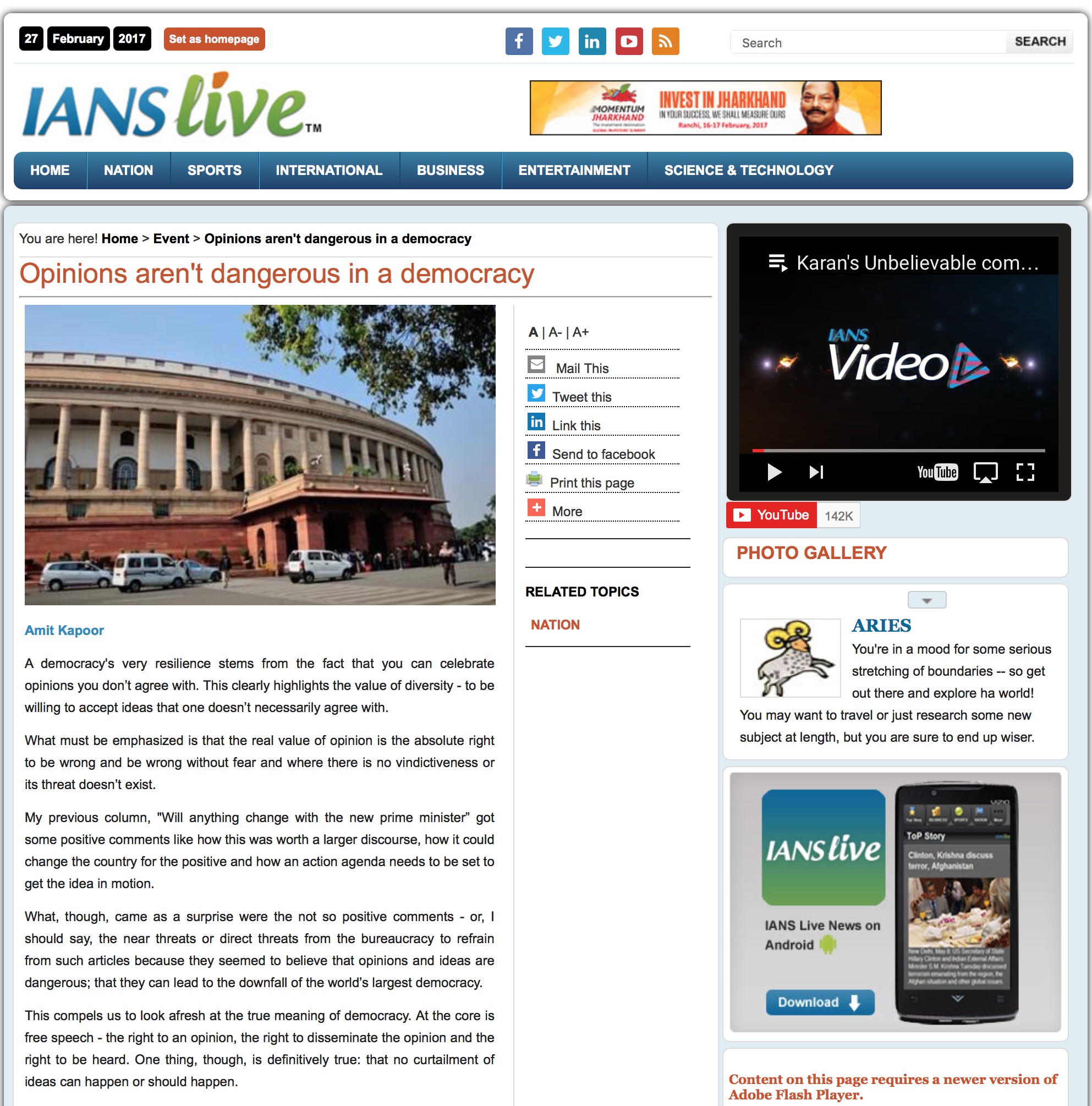India’s first and recently initiated national IPR policy is a culmination of the ongoing process of improving India’s IP regime globally. The national IP policy underscores the need to promote creativity and innovation and protect IP.
There are seven broad objectives which the policy enumerates for stimulating a “dynamic, vibrant and balanced intellectual property rights system” in India. The objectives can also be looked at from the perspective of a lifecycle approach to IP. It starts from IP awareness and ends with the implementation of the policy. Following are the primary objectives of the IP policy:
First, to create public awareness (economic, social and cultural benefits) of IPRs among all sections of society. The policy plans to do so with the adoption of the slogan “Creative India; Innovative India). The policy also enumerates how to create awareness and promotion of strengths by conveying to all stakeholders the value and benefits of IP. It is to be pursued through various measures some of which include specific programmes for MSME sector, engaging with media, helping develop school curriculum, etc. The objective of creating public awareness seems well thought through.
Second, to stimulate the generation of IPRs. For this, the policy seems to focus on undertaking studies as well as encouraging individual innovators, researchers, universities, national labs, corporations and other organisations for filing IP. At present India is one of the top filers of trademarks. In this context, the finance minister at the press conference on the release of policy also mentioned the need to reduce the time to a month from the date of filing of the trademark in India by 2017.
Third, the policy aims at strong and effective IPR laws, which balance the interests of rights’ owners with larger public interest. The policy proposes to do this by a consensus-driven approach to protecting Traditional Knowledge (TK), Genetic Resources (GR) and Traditional Cultural Expressions (TCE).
The policy also touches on the issue of illegal duplication of films and changes to the particular Act with the incorporation of penal provisions. For future scope, the policy aims to look at the issues of intersection with the Competition Act and protection of trade secrets. All these are beneficial and visionary steps because the policy seems to foresee significant challenges that may arise in due course of time.
Fourth, the policy looks towards strengthening service-oriented IPR administration. The policy here seeks to examine in parallel the twin goals of making operations efficient, streamlined and cost-effective and also enhancing user friendliness and providing value-added services to users. Along with this, another significant change is bringing the administration of the Copyright Act and Semiconductor Integrated Circuits Layout-Design Registry under the Department of Industrial Policy and Promotion (DIPP). Also, the policy proposes the creation of a Cell for IPR Promotion and Management (CIPAM) under DIPP. Also with this, there is an overall focus on increasing cooperation and coordination between various offices and authorities administering IP in India.
Fifth, the policy aims at realising the value of IPRs through commercialisation. The view here is to promote entrepreneurship and finding effective ways of synergising IP facilitation centres with industry. The policy also tries to leverage commercialisation by building a database of IPRs for connecting potential users, buyers and funding institutions.
The sixth objective deals with the adjudicating and enforcement mechanisms for combining IPR infringements. Here the policy lays stress on an aspect of adjudication through specialised IP courts and alternative dispute settlement mechanisms. Also, the policy talks about checking counterfeiting and piracy through various measures. Here, capacity building of judicial officers and other people dealing with enforcement is to be looked at and improved.
This leads us to the final objective of strengthening and expanding human institutions and capacities for teaching, training, research and skill building in IPRs. Here, the focus is on doing public policy research and improving the functioning of the Rajiv Gandhi National Institute of Intellectual Property Management (RGNIIPM), Nagpur, as well as the introduction of multidisciplinary courses in IP at various levels.
Overall the first National IP rights policy looks comprehensive in scope and intent. The policy may help improve India’s image on ease of doing business and competitiveness constructs; however much will depend on implementation. Under the implementation aspect, the policy recognises the need for a coordinated and integrated development of the IP system in India. The policy has also done well to identify and bestow the responsibility of IP largely on a single department, namely, DIPP. Over the next few decades, the implementation of the policy will decide the standing of India’s IP regime globally.
Published with Business Standard on May 17, 2016.
























